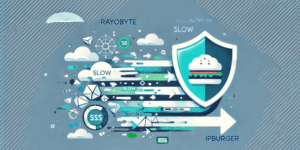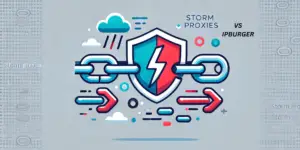Online privacy can be costly when not protected. This is evident in recent privacy and security breaches. Protecting one’s online privacy can be a hard task as privacy is a vast entity and it involves taking care of internet security issues too. But worry not, in this article we’ll show you some basic checklists which will ensure your privacy is protected at all times.
¿Qué es la privacidad en línea?

A continuación encontrará una guía para principiantes sobre la privacidad en Internet.
Gestión de contraseñas
Nearly everything we do online will probably start with a sign-up process, and this involves passwords. Protecting your online privacy begins with proper password management. Poor password management will result in a breach, and your privacy will be at risk. Password management entails the art of making strong passwords, keeping them safe, deleting them or changing them regularly. As a rule of thumb, strong passwords have various characters such as numbers, letters, special symbols and must be eight to 12 characters and as long as you please and also unpredictable. This is pure stress, but with password generators, everything is smooth. It’s also advisable to use different passwords for different online accounts to minimize the risk of exposing them when a single account is breached. To avoid the hassle of cramming long passwords which you will forget at the end, use a reputable password manager.
Navegación segura
To access/surf most of the internet, you will need a web browser. Most popular browsers include Chrome, Edge, Mozilla Firefox, and Safari. These browsers can be made secure since they are vulnerable and can leak your privacy in their default state. To improve a browser’s security, you must first optimize some of its settings. The most common settings are about cookies. Always choose to keep cookies until your session is over if doing away with them will affect your browsing experience. The other thing you should do is block ads, pop-ups, JavaScript and even Flash. Lastly, disable the autofill and password saving options and also turn off tracking. You can also opt to use more privacy-minded browsers.
Mensajería segura
Internet abrió muchas posibilidades, y una de ellas es la mensajería online. La mensajería en línea se ha popularizado porque es barata y sus aplicaciones funcionan en todas las plataformas. En los casos en que las aplicaciones no son aplicables, intervienen los navegadores web. La mensajería en línea contiene la forma bruta de nuestra privacidad; lo que nos decimos puede incluir información sensible que no queremos que vean ojos indiscretos. Para garantizar una mensajería segura, asegúrate de que las aplicaciones o plataformas que utilizas tienen un cifrado de extremo a extremo.
Ajuste su sistema operativo
Algunos sistemas operativos como Windows 10 pueden suponer un riesgo para la privacidad si no se configuran correctamente. Esto se debe a que tienen un identificador de publicidad que permiten utilizar a las aplicaciones, los asistentes digitales integrados recopilan tus datos y también hay muchos acuerdos que puede que hayas comprobado que permiten al sistema operativo recopilar datos personales.
Utilizar una VPN
A Virtual Private Network (VPN) is a tool that ensures all your internet traffic is protected by using encryptions. This means that your internet traffic is not only secure but is also safe from prying eyes hence private. After you’ve taken care of all the above, the last step is using a VPN whenever you want to go online.


